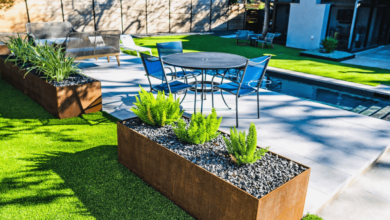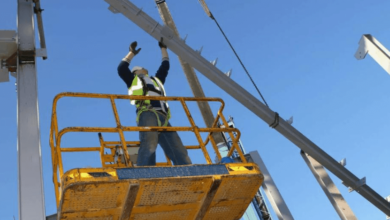How Long Does It Take to Build a Granny Flat in Campbelltown?

Building a granny flat is a great way to add value, create extra living space, or generate rental income on your property. But one of the most common questions from homeowners in Campbelltown is: how long will it take?
While the average construction phase is around 10–12 weeks, the full process—including design, approvals, and site preparation—can take anywhere from 3 to 6 months. The timeline depends on factors like approvals, design complexity, site conditions, and builder availability.
Here’s a breakdown of what to expect.
Key Stages in the Granny Flat Build Timeline
The process of building a granny flat involves several key stages, each with its own timeframe. Understanding each step can help you plan ahead and avoid delays.
Design and Planning (2–4 weeks)
This initial stage involves selecting a design, adjusting floor plans if needed, and preparing drawings for approval. Choosing a design that complies with local planning rules can help streamline this stage and avoid the need for revisions.
Approval Process (2–8 weeks)
You’ll need either a Complying Development Certificate (CDC) or a Development Application (DA) depending on your property’s eligibility. A CDC is faster, usually taking around 2–4 weeks if your site meets the NSW SEPP requirements. A DA may take longer, depending on council processing times.
If you’re looking for examples of approved designs and recent projects, reviewing completed granny flats Campbelltown can give insight into what’s possible and what timelines have been achieved.
See also: Why Your Business Should Invest in High-Quality Commercial Lighting
Site Preparation (1–2 weeks)
Once approvals are secured, the site needs to be prepared. This can include clearing vegetation, levelling the land, installing retaining walls, and organising drainage. Sloping blocks or poor access may extend this phase.
Construction (10–12 weeks)
The construction phase includes laying the slab, framing, roofing, installing services, internal fit-out, and finishing touches. Most builds are completed within 10–12 weeks, but weather, material delays, or busy builder schedules can cause minor extensions.
Final Inspections and Certification (1–2 weeks)
Once construction is complete, a final inspection is needed to certify the build complies with regulations. After receiving the Occupation Certificate, your granny flat is ready for use.
Factors That Affect Build Time in Campbelltown
Several factors can influence how quickly your granny flat is completed:
Approval Delays
Missing documents, design non-compliance, or council backlogs can slow down the approval stage.
Site Conditions
Sloping land, poor soil, or difficult access may require extra work like retaining walls or special foundations.
Custom vs Standard Design
Custom designs often require more planning and construction time than standard layouts.
Builder Availability and Scheduling
High demand for builders in Campbelltown can affect when construction can start, especially in peak building seasons.
How to Speed Up the Process
If you’re hoping to complete your granny flat faster, here are a few tips:
- Choose a CDC-compliant design to avoid lengthy council approval
- Work with a builder who manages the entire process, including approvals
- Provide all required documents early to avoid approval delays
- Avoid changing the design once approvals have started
What’s the Typical Total Timeline in Campbelltown?
For most homeowners, it’s wise to allow 3 to 6 months from initial planning to final completion. This timeframe provides flexibility for approvals, weather interruptions, and any unforeseen issues.
Choosing an experienced builder who understands local requirements can also help avoid delays and streamline the process.
Next Steps
Building a granny flat in Campbelltown is a rewarding project that can add value and versatility to your property. While the build itself may take around 10–12 weeks, allowing 3–6 months for the full process ensures you’re prepared for each stage.
Planning ahead, selecting the right design, and working with professionals who know the local area can make the journey smoother—and get you closer to enjoying your new space.





